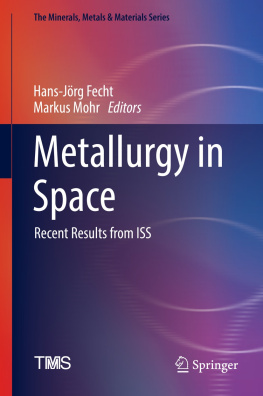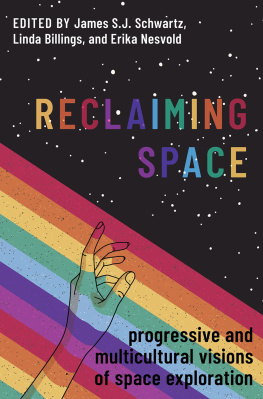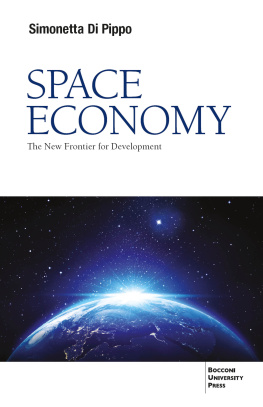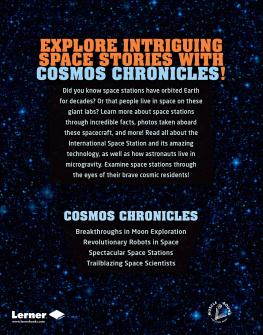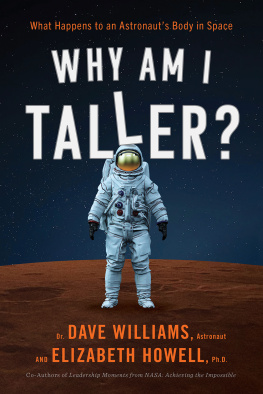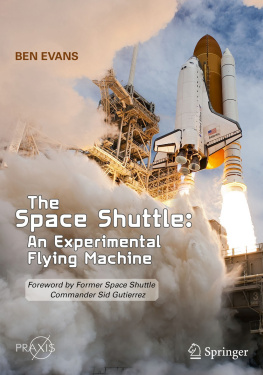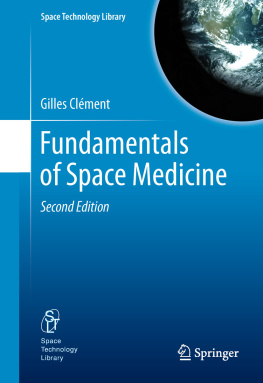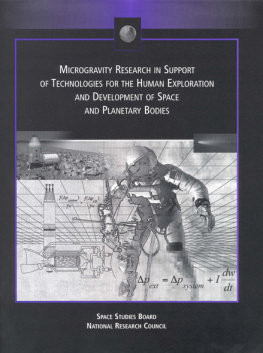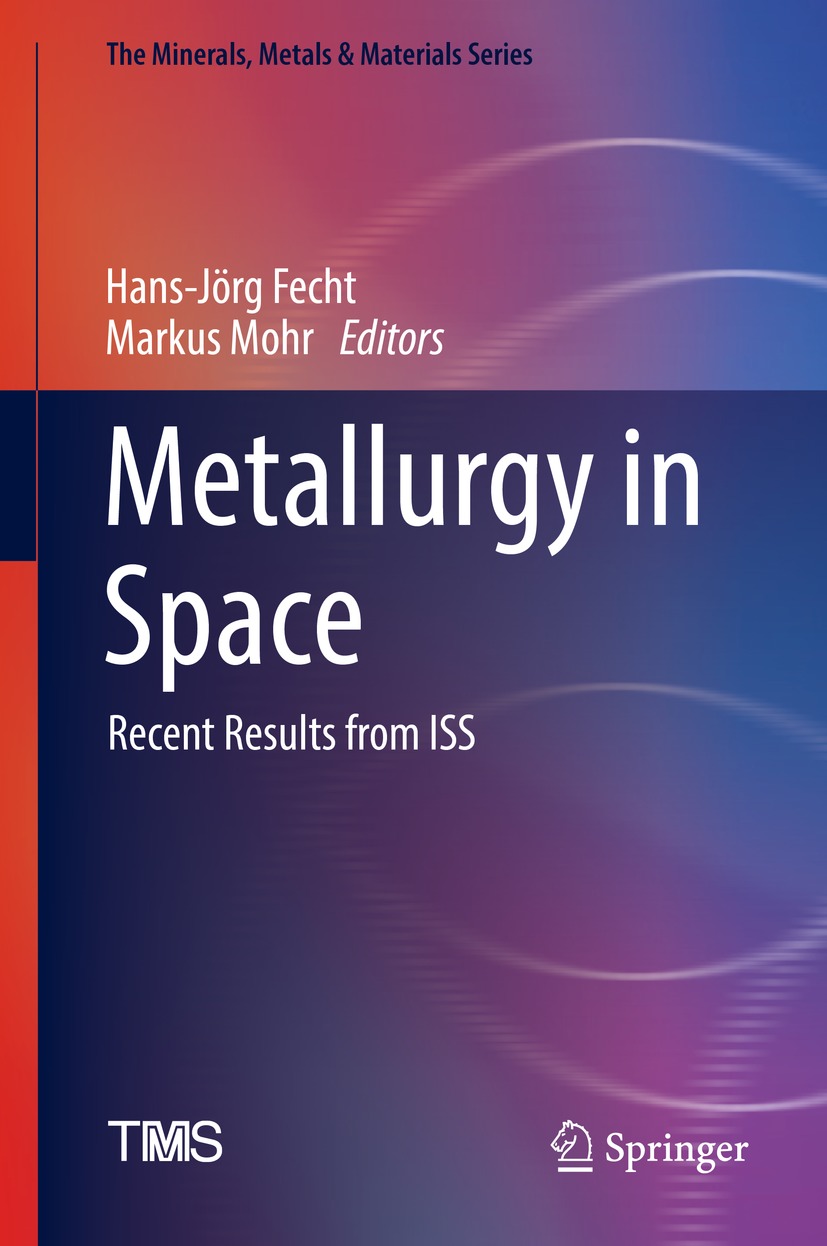Hans-Jörg Fecht - Metallurgy in Space: Recent Results from ISS
Here you can read online Hans-Jörg Fecht - Metallurgy in Space: Recent Results from ISS full text of the book (entire story) in english for free. Download pdf and epub, get meaning, cover and reviews about this ebook. City: Cham, year: 2022, publisher: Springer, genre: Science. Description of the work, (preface) as well as reviews are available. Best literature library LitArk.com created for fans of good reading and offers a wide selection of genres:
Romance novel
Science fiction
Adventure
Detective
Science
History
Home and family
Prose
Art
Politics
Computer
Non-fiction
Religion
Business
Children
Humor
Choose a favorite category and find really read worthwhile books. Enjoy immersion in the world of imagination, feel the emotions of the characters or learn something new for yourself, make an fascinating discovery.
- Book:Metallurgy in Space: Recent Results from ISS
- Author:
- Publisher:Springer
- Genre:
- Year:2022
- City:Cham
- Rating:4 / 5
- Favourites:Add to favourites
- Your mark:
Metallurgy in Space: Recent Results from ISS: summary, description and annotation
We offer to read an annotation, description, summary or preface (depends on what the author of the book "Metallurgy in Space: Recent Results from ISS" wrote himself). If you haven't found the necessary information about the book — write in the comments, we will try to find it.
This book presents experimental work conducted on the International Space Station (ISS) in order to characterize metals and alloys in the liquid state. The internationally recognized authors present and discuss experiments performed in microgravity that enabled the study of the relevant volume and surface related properties free of the restrictions of a gravity-based environment. The collection serves also as a handbook of space experiments using electromagnetic levitation techniques. A summary of recent results provides an overview of the wealth of space experiment data, which will ignite further research activities and inspire academics and industrial research departments for their continuous development.
Hans-Jörg Fecht: author's other books
Who wrote Metallurgy in Space: Recent Results from ISS? Find out the surname, the name of the author of the book and a list of all author's works by series.

